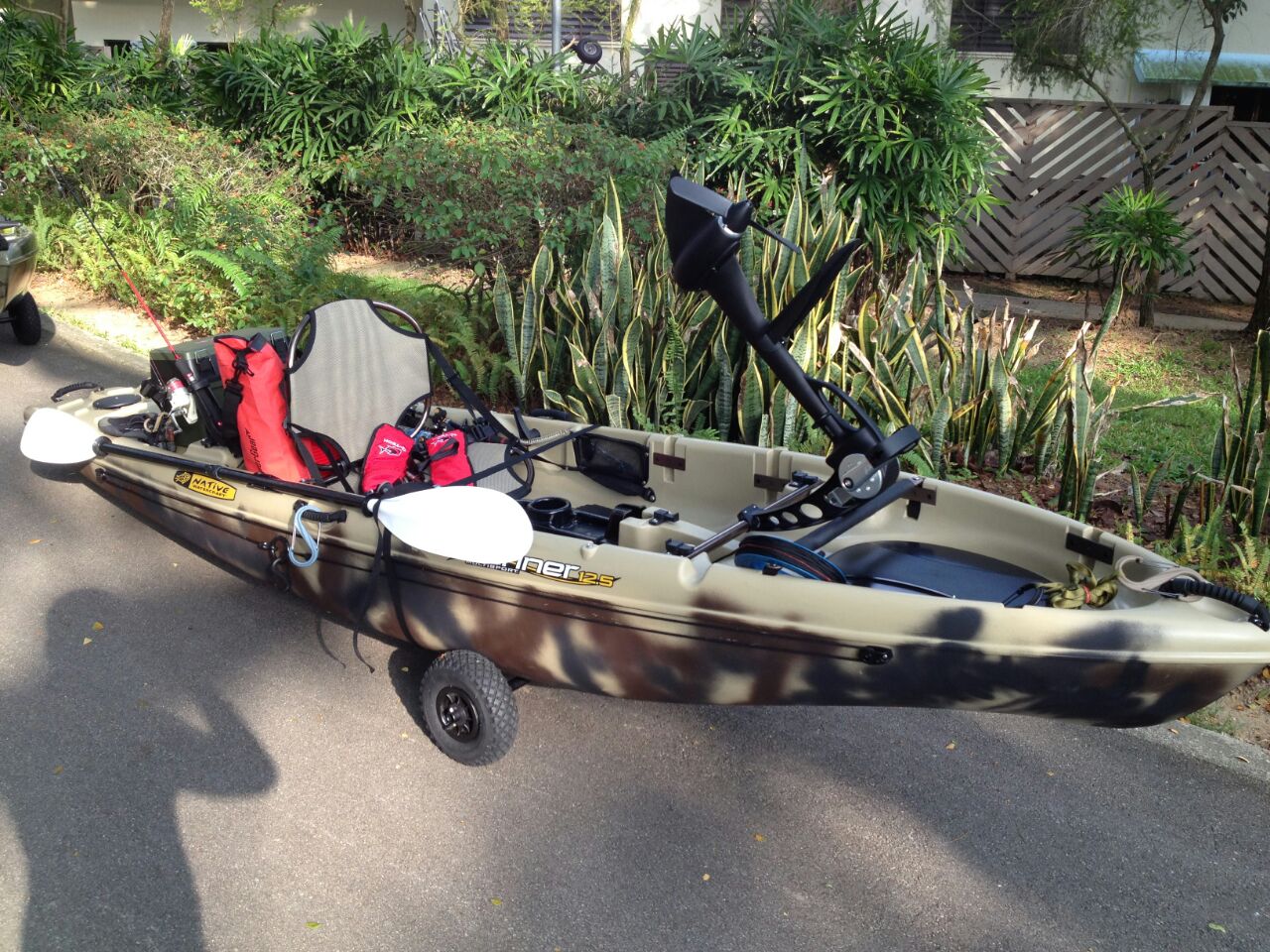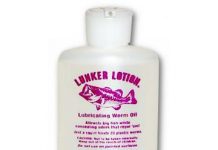By Neil Taylor
Quite simply, I believe that the Mariner is more boat than kayak. This watercraft has incredible uses for anglers who prefer to have leg propulsion. Consisting of a super-stable platform, great layout, and exceptional comfort with the first class seating, this boat has found a niche in the non-motorized fishing community.
It cannot be ignored and is a big selling point: The Mariner has excellent speed. This is a great general use boat but can also be utilized as specific use “offshore” or other extreme circumstances where a very stable platform ensures safety. A self-draining boat, the sturdy layout is built to endure choppy conditions and still make headway with minimal effort.
A “not yet realized” advantage of the Mariner as your choice in watercraft: The ability to handle very, very large fish. Other boat options there are pitfalls to handling or securing large fish. Rock-solid stability, the Mariner is up to the task of handling these situations where other paddle craft may fail.
The Propel drive is not unique to Native products but the Mariner design came along after the initial Propel drive was created for another model. The improved propeller increased the speed of the boat and turns at a faster pace for more revolutions with the same pedaling speed. The troubles with the early Propel drive units addressed, with proper care and avoiding harsh abuse, the Propel drive will operate great every time. The responsiveness of the rudder lever is unparalleled. Slight turns of the rudder dial and the boat instantly responds.
 The drive unit is removable. It fits through a cavity in the center of the boat. It locks into place firmly with sliding plastic pieces. It pivots up easily and can be left retracted for extreme shallow water navigation.
The drive unit is removable. It fits through a cavity in the center of the boat. It locks into place firmly with sliding plastic pieces. It pivots up easily and can be left retracted for extreme shallow water navigation.
In use, performance is strong. Proper location of the seat, the appropriate distance from the pedals is important. The straps adjusting this distance allows for people of varying heights and leg lengths to comfortably and efficiently operate the drive unit. A forward hatch is standard, available for secure placement of items inside the hull of the Mariner.
This is a heavier than average craft. The Mariner comes in the 10 and 12.5 models: The 10 is 73 pounds. The 12 comes in at 87 pounds. Both have a width of 32 inches and a distance “depth” of 13 inches of beam. Assistance in rolling and lifting will be very important considerations. There is a specific Smart Cart assigned to the Mariner. Trailers and the beds of pickup trucks are likely transportation options for this craft. My own, relegated to the Kayracks.com trailer, I enjoy using as often as possible but I am not going to “car-top” it.
The advantages in a pedal propelled craft for fishing are numerous. The hands-free part is something everyone notices immediately. Additionally, people recognize that the ability to go in reverse is very helpful for staying on a location and helping to face the fishing area based on the wind and the current. The less known advantages are very helpful if the user knows about it. In a normal fishing kayak, people who fish big game will tell you: These boats can pick up a lot of momentum when they are pulled by a very large fish, moving the craft into the structure usually resulting in a lost fish. This reverse feature allows the angler to not only hold their ground effectively but also to potentially “back away” from structure like docks or bridges.
Choosing between the Mariner 10 and the Mariner 12.5:
If you want to take a lot more weight with you, the choice is obvious and you will want the larger capacity the 12.5 affords. If you are keeping the weight down, you will be very happy with either option. The turning capabilities of both boats are very good. Overall speed, the 12.5 will probably win if there is any chop to the water but in calm conditions, the Mariner 10 will keep up with the 12.5.
Going deep:
Without question, the Native Mariner is the best offshore fishing kayak every designed. I call my Mariner “my aircraft carrier.” It is the only watercraft I have taken out beyond a distance I can still see land, 8.5 miles in each direction. I would not only always feel safe in this craft in bouncy conditions; I would feel confident that it would withstand the onslaught of storms. While I do not recommend intentionally going out in dangerous weather conditions, the Mariner has extra toughness.
Properly positioned rod holders make the Mariner a great offshore trolling watercraft. The watercraft has depth-finder and fish-finder options for this kind of fishing. Deep water reentry? No problem at all with this craft. For this reason, the Mariner could easily be considered as a dive boat as well.
Stand in the place where you fish: The beam and overall design stability, combined with the flat standing area of the cockpit, the Mariner can be utilized as a sight fishing craft.
Choosing a color, here are your options-
Mango Firebrick Lime Olive Sand Camo
Maintenance is easy. Invest in this kit: Propel Lubrication Kit
A limited lifetime warranty, Native stands behind their products. Register your Native Mariner and work through your dealer if you do have any warranty issues.
Choices in utilization of space are always up to the individual. The Native cooler bags are exceptional choices for keeping food, drink or harvested fish cool. The Native Fishing Buddy is a great choice as a tackle storage organizer and provides many rod holders and is an outlet for taking along the Yak Attack Visi Carbon Pro light as well.
The right boat for the right situation: The Mariner will always be a watercraft I will always want to utilize. It will also be the only boat I use for specific outings including but not limited to- long distance offshore outings and targeting oversize fish for harvest or photographs. If you are serious about your non-motorized outdoors adventures, familiarize yourself with this craft.
Neil Taylor Owner and Guide: www.strikethreekayakfishing.com PH: 727.692.6345 Email: Livelybaits@aol.com
Neil Taylor is an outdoor writer, speaker, tournament host and the owner of www.capmel.com
- The Neil Blog… - July 26, 2023
- The Catfish - July 26, 2023
- update - July 22, 2023











